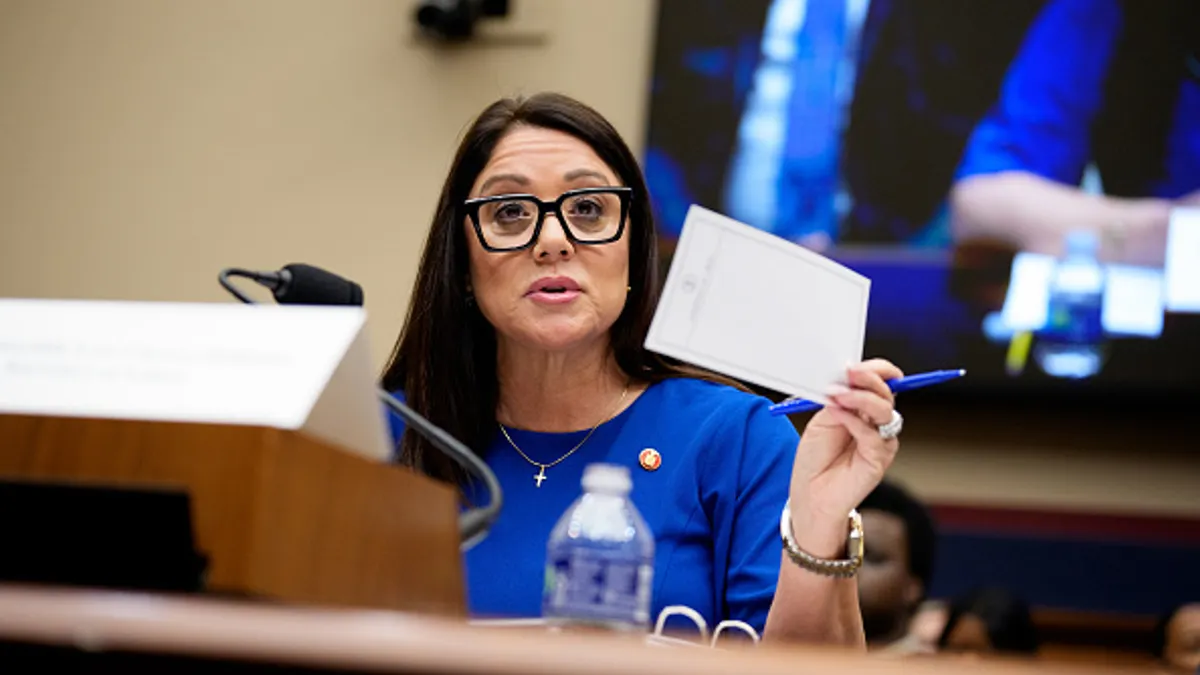Jared Rossignol takes a personal interest in construction site fall protection. As the environmental health and safety director for Randolph, ME-based Coutts Bros., he regularly sees his 45-employee team climbing between 6,000 and 10,000 structures per year to construct and maintain utility substations, distribution systems and transmission infrastructure across the Northeast U.S.
While instituting a 100% fall protection program years before OSHA mandated them has been a cornerstone of the Coutts Bros. safety culture, Rossignol said it's technology that has resulted in the best form of accident prevention: getting workers off of the utility poles and communication towers that put them at risk in the first place.
Using unmanned aircraft systems (UASs) outfitted with both high resolution and thermal cameras, Coutts Bros. has been able to provide vital inspection and monitoring services that until recently required human climbers. "Years ago you’d put the spikes on the boots, climb up to where you were working, throw a strap around the pole and call it good," Rossignol said. "That leaves so much open, from falls to being stranded in the event of a medical emergency."
While the construction industry has largely focused on new technologies for job site efficiency and productivity improvements, safety executives are finding an additional array of possibilities for drones, sensors, cameras and GPS technologies to track worker movement and activity, provide enhanced visual mapping, replace workers in hazardous areas, and provide real-time data capture for safety reporting, insurance claims and litigation.
Tracking workers and minimizing equipment blind spots
"All of these technologies are providing visibility into the job site that we simply have not had before, and providing new understandings of who is where and doing what and any point in time," said Antti Korhonen, CEO and president of Cambridge, MA-based Redpoint Positioning, which provides BIM-integrated GPS wearables first developed to track emergency room workers that now are being piloted for construction sites by Skanska USA.
By integrating real-time worker locations with BIM, job site superintendents can mark hazardous areas or safety zones via tablet. Once activated, safety zones can trigger wearable warnings, including flashing lights or audible alarms integrated into worker safety vests, to provide a location awareness alert.
Worker entries and exits to and from safety and danger zones are also recorded to the cloud for use in insurance claims processing and litigation, according to Korhonen. The construction industry accounts for 20% of annual workplace fatalities tracked by the U.S. Occupational Safety and Health Administration, and maintaining accurate and up-to-date photography and worker location data can be essential in navigating a safety incident. Photo documentation and recorded worker movement data can also prove indispensable in navigating OSHA safety audits, workers' compensation or safety insurance claims, particularly when dealing with the "Fatal Four" job site accidents that include falls, electrocutions, being struck by an object, and being "caught in between" or crushed.
Hank Dutton, a crane safety specialist for Travelers Insurance, conducts more than 25 crane safety training programs every year for operators and crane management teams in the U.S., Canada and Brazil. Dutton said that high-profile accidents have helped to speed the awareness of and investment into better safety technologies, but he emphasized that high-tech equipment and highly trained operators are no substitute for a well-developed crane safety program.
Dutton said that safety incidents are "definitely more publicized" after recent crane collapses in New York this year. In February, a crane collapse in downtown Manhattan killed one pedestrian and injured three others, and in July, a crane being used to build the new $4 billion Tappan Zee Bridge collapsed onto the bridge, shutting down all lanes of traffic for several hours and injuring four people.
Whether or not operators embrace a city-commissioned study recommending a "phase-out" of older cranes in New York City remains to be seen, but Dutton said newer cranes have numerous modern safety controls, particularly to alleviate operator blind spots.
Many newer cranes have cameras installed at the tip of the boom or feature back-up cameras, but after-market cameras also exist that can be attached to the boom or hook of older models as well. "That camera technology continues to evolve and gain popularity in the construction industry to resolve blind spots and to prevent the accidents that are caused by them," Dutton said.
Human survival the ultimate ROI to safety tech
At Atlanta, GA-based New South Construction, Health and Safety Director Daniel Maxson said drones have provided the greatest advancement in job site visualization, allowing for pre-construction analysis and ongoing visual mapping that allows his teams to adjust for safety in real time. But even as his firm begins investigating 3-D laser scanning and Oculus Rift for project imaging, Maxson said the company's latest technological advancement is decidedly lo-fi.
"We’ve transformed job site boxes into real-time tech stations with a 40-inch monitor, computer and printer so we can access plans and revisions in order to explain things from a safety standpoint," Maxson said. "So I can click on my iPad on the palm of my hand and here’s an immediate safety topic on ladder usage, or fall protection. You need to readily address these scenarios in real-time rather than meeting at the end of the day, or meeting the next day when you’ve lost all of the immediate situational awareness."
Situational awareness also led Coutts Bros. to its latest safety tech investment: a batch of V-Watch personal voltage detectors. When working at night on storm restoration and line reconstruction, Coutts Bros. teams can often pull 15-hour shifts, with rain and snow obscuring downed power lines. The voltage detectors alert wearers with a beep when energized materials are nearby. "We want to make sure our guys aren’t getting complacent with an energized line right next to them," Rossignol said, "and the voltage detectors have been one of the wearable technologies ... that has been a game changer."
As technologies continue to evolve, keeping construction crews outfitted with the latest in safety systems and gear remains a challenge for safety directors with limited budgets. Maxson said the speed of product development makes it impossible to stay on the cutting edge for longer than brief periods. "Just when you’ve invested your time and resources, they release something that trumps it a month later," he said. "So when you find something that is vetted out by your team, you tend to stay with that solution."
Rossignol agreed, reporting that his team extensively vets all safety technology before adopting new products and services. He added, however, that Coutts Bros. isn’t adverse to throwing dollars at a safety problem if there’s a viable technology solution. "This is one of the most dangerous industries there is, and you have to do everything to stay ahead of the safety curve," he said. "It would be unfortunate to lose a UAS to a power line, but we'll take one of those every day if it means preventing an injury to one of our workers."













